Date: June 7, 2020 at 7:19:19 AM CDT
Weather: 66°F Partly Cloudy
Location: Kerrville, Texas, United States
I'm outside as usual—something I've been doing in the mornings for the past few days here. And I have my laptop, as usual. And coffee, phone, all the Kevin official accessories. I forgot my Moleskine journal inside, but I may incorporate that into this a bit later. I'm trying out a new Sunday routine.
I decided that instead of working on the current book, I would take a moment to write a journal entry about my experience so far, as we get into this journey—something I can share with people who may be curious. And a way to chronicle what we're doing.
Kara and I moved into the camper full time a little over a week ago. At that time, we pulled into a spot in Arcola, Texas, not far from where we'd been staying with my in-laws.
The spot in Arcola was a quiet, kind of cute RV park where most people were either full-time residents or were there working the pipelines. Of all the parks in that immediate area, it was by far the nicest—but it was still a sort of transient place. A layover kind of place.
It was good, though. It was a minute for us to catch our breath and start organizing the camper, preparing for what was to come.
For about four days, Kara and I hung out in Arcola as we organized, modified, repaired, and rethought what we were bringing with us. And in that time, we also had to do the "day jobs," doing work for Draft2Digital, including a live stream that didn't go so hot, and all the usual stuff our jobs entail.
I also had to keep up with my writing, and I'm happy to report I did so with no problem. Usually, major changes in my routine are followed by a lull in the writing, but I think I've had so many of those in the past three months, moving into the camper didn't impact me as much.
I'm pretty proud of that, actually. We managed to uproot or lives and get into a new space and get it ready to go, and never really missed a beat on the work we had to do. That's good because the point of all of this is to carry on with what needs doing while exploring a new way of living.
I will admit to feeling some anxiety during all this, however.
It's become a sort of chronic problem these days, that I'll feel this gnawing anxiety inside, nagging at me over what could happen, over all the changes and adjustments, over the disruption to routines, over all the unknowns.
And all the questions...
Am I overlooking or forgetting something? Am I assuming one thing when the reality is another? What happens if this breaks or that stops working or this thing catches fire? Will we die?!?
Little questions like that.
What I'm realizing, slowly, is that this is part of the process. And eventually, it starts to ease.
I cling to that thought.
It helps, I think, that I've started framing all of this in a new light: I am on a journey of healing.
This move to camper life is meant to give Kara and me a chance to push ourselves a little, and to explore the world outside of our usual four walls. It's meant to give me some inspiration for the writing and to give us both a chance to breathe and grow and heal.
Kara and I have been working toward this whole thing for months. Years, really, when you start thinking about our first RV-life journey. We learned a lot on that first tour—mostly that things can go pear-shaped real fast. That could be why this move to the camper is triggering some old standby anxieties.
For years now, I've suffered from this weird anxiety that first came up during a job I had and hated. I won't go into details, but I will say that there were moments when I would wake up in the middle of the night, wondering if it would be better if I just stopped being. Died, maybe. Or went into a coma. Or just blinked out of existence when the Large Hadron Collider came online.
It was a dark time.
I never had thoughts of suicide, never wanted to end things myself. I just got to this point where if it happened, I was ok with it. Maybe even welcomed it.
Like I said... dark times.
That was several years ago, and since then, I've gotten much better. I got healthier, got more hopeful, and started writing more. I also started making a point of helping other people as much as possible. You'd be amazed just how much helping others can help you.
So I'm better. No more thoughts of "when will this end?" I'm healthier than ever and feeling good.
But I still have a sort of PTSD, I think.
I still suddenly find myself in a dark funk, where I don't want to die, but I wouldn't mind walking away from everything and living as a hermit in the woods somewhere, surviving off of rainwater and food scavenged from the dumpsters of the rich, all while scrawling a manifesto decrying consumerism and the daily encroachment on our civil liberties by an overbearing government.
At least it's progress.
But the point is that in moments of stress and extreme change and facing the unknown, I start feeling that anxiety niggling its way into my chest and my guts. I start feeling like something is so very wrong, I might die. I feel adrenalized. I feel like withdrawing.
The way I'm dealing with that anxiety these days is by getting out and getting a little sun and exercise, and doing things with my hands. I fix things, or I modify things. I use tools. I solve problems. I take walks.
Kara has picked up on this. "I think you need to fix something," she says.
Of course, while I'm fixing things, I'm usually cursing like a sailor. It's cathartic. But foul-mouthed.
Luckily, if you need something to fix or modify, living in a camper will give that to you in large supply. There is no end to the things that need tinkering with. It could become a full-time job.
Likewise, camper life is also very conducive to getting out and taking walks, getting a little exercise and sun.
It's a slower version of life, from what I'm used to. More... wholesome. But definitely slower.
At first, this drove me nuts. It still does, sometimes. I'm used to us going on road trips and vacations and getting into go-go-go-do-do-do mode.
What's next? What do we explore now? We have to hurry! We only have X days of vacation left!
But this isn't a vacation. This is our life.
Don't get me wrong; it's kind of relaxing. It's nice, being able to slow the pace and have things to explore during our off hours. But we still have our work, and still have our responsibilities. We just also have a new front yard every so often, and a new set of things to check out when we're done working for the day.
Right now, our life is in Kerrville, Texas.
If you've never been to the Texas hill country, I recommend it. The scenery is beautiful. The weather is nice, even considering the oppressive heat of a Texas summer. I 'm able to sit out under our awning in the mornings and write without feeling like I'm being slow-cooked. And it's a friendly place. Everyone here is kind and smiling and happy. Probably because most of them are on vacation.
This is home through the next month. We live here. And though there are a lot fewer amenities than we're used to—there isn't a Target within 70 miles of this place, and that makes Kara edgy—we're finding that we don't actually need most of those amenities anyway. We're good.
And that's part of why this is a "healing journey" for me.
For a long while, I've been locked into a sort of single-track way of thinking. I have goals. I have an agenda. I'm building something, career-wise. But I've spent so much of my time focused on that, I sometimes forget to just live.
The PTSD-Anxiety thing kicks in and reminds me that I'm small. It reminds me that I need to play things safe, stick close to shore, make sure I don't get too comfortable, or too relaxed.
I've pushed through with that for a long while, but about three months ago, it all came to a head. It all finally took a toll.
I went to my cardiologist.
Now, I'm going to just say right up front that I'm fine now. But things got just a little scary for a bit there.
I have a congenital heart defect. I've known about it since I was 38—so a little over nine years now. I have deformed aortic valve that contributed to an AV block, resulting in bradycardia. And that all led to the installation of Pacey. My loving pet name for the pacemaker that is currently keeping me alive.
Again... I'm fine. Healthy, even. But during that last visit, I was told that I was on the verge. My weight, blood pressure, blood sugar and cholesterol were too high. I was too stressed. Too anxious.
Something had to change and fast.
So, it did.
I cut the carbs, reduced the calories, started exercising more, and started doing things to relieve stress and anxiety.
I can still be triggered, but I'm getting better. That's the point.
That's the point of all of it.
Camper life is something new for us. But I think it may be exactly what I need. I think it may actually be the thing that helps me save my life. Because of this change, Kara and I are eating healthier—controlling what we eat, and what quantities we eat, by necessity. Campers are small.
We're exercising more because walking and swimming and hiking are things to do in a place that has fewer amenities.
We're stressing less because as we solve problems and fix things, we're getting more comfortable with solving problems and fixing things. Things become less scary when you understand them better.
We're only just starting this journey, and there will be stressful, anxious days to come, I know. But I'm already seeing health benefits from this, and I'm already feeling much better. Less anxious. Less afraid. More hopeful and brave. More excited about where we go from here.
So I'm trying something new, and it's working.
I can't wait to see where it takes us.
Kevin Tumlinson is an award-winning and bestselling author, traveling the US with his wife, Kara, and their little dog, Mini. You can find more about Kevin, including links to his thriller novels and other books, when you visit AuthorOnTheRoad.com.
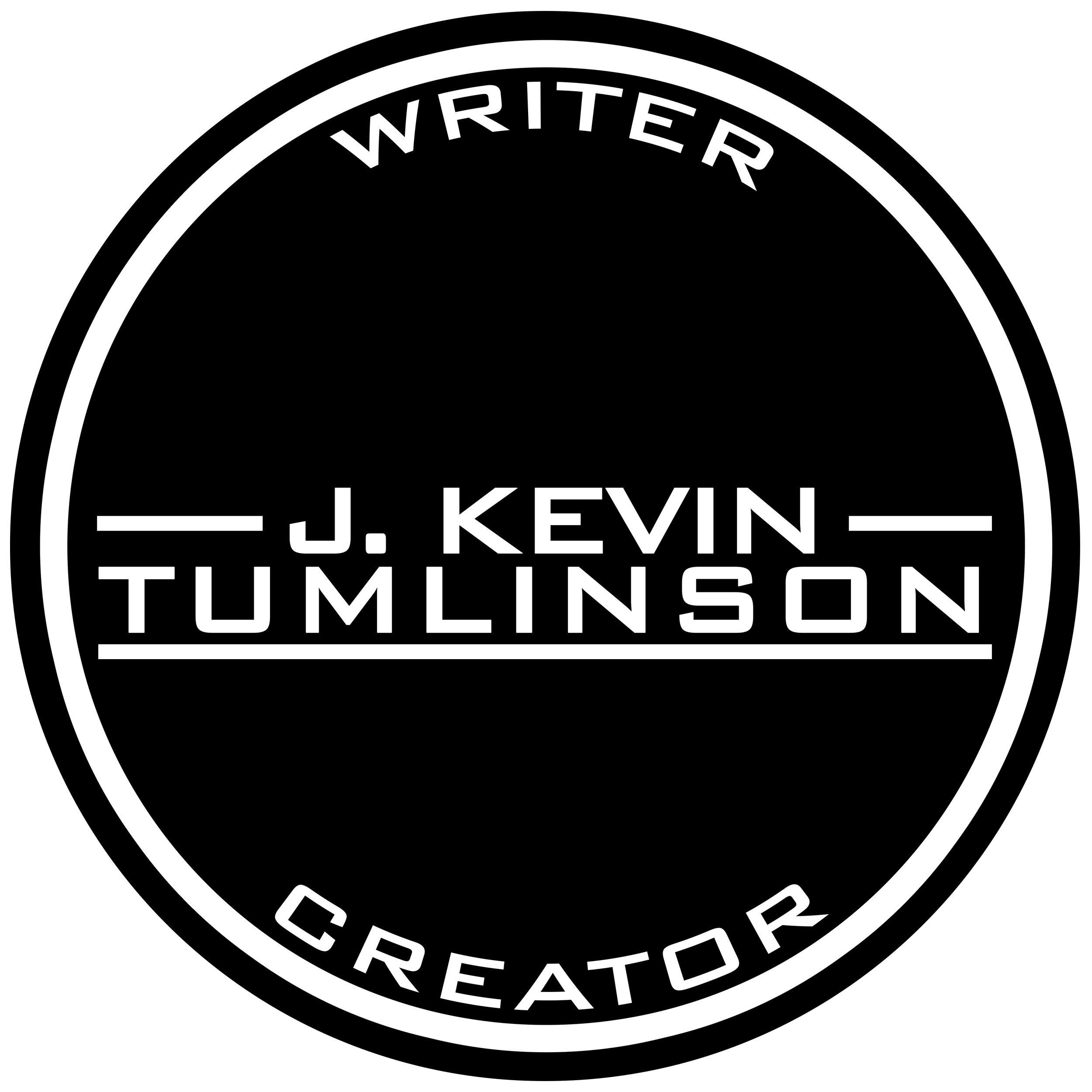








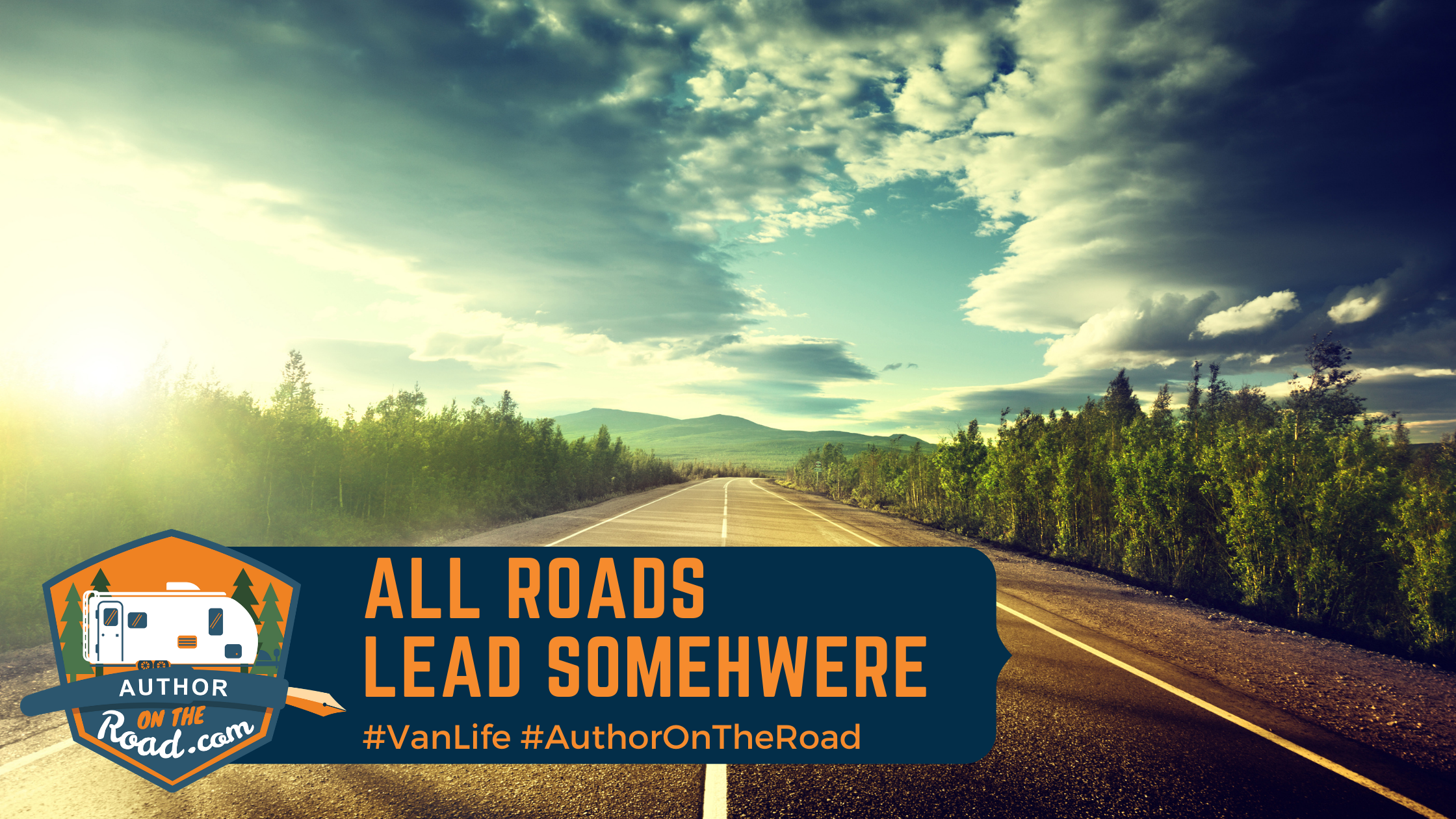















































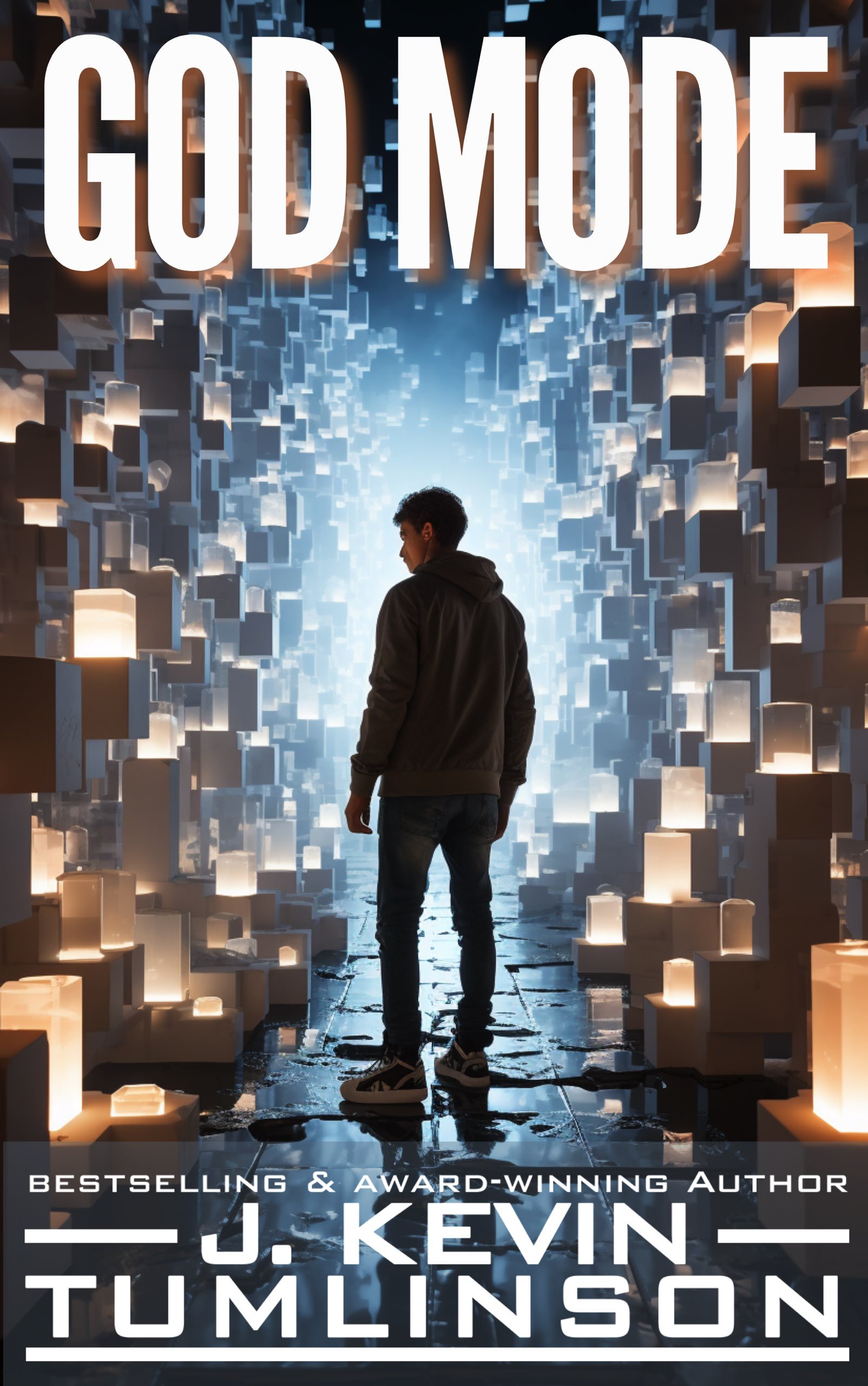
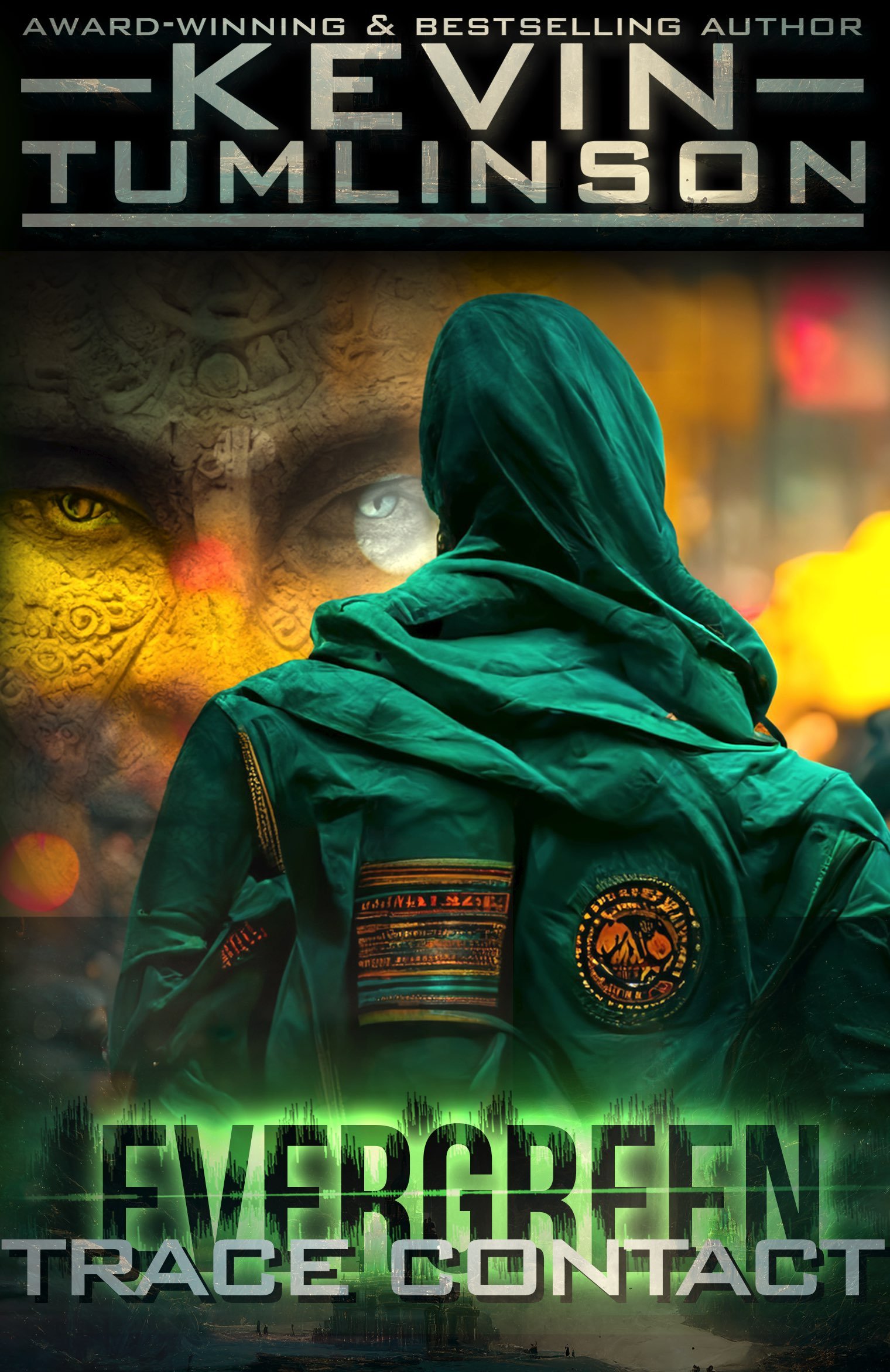
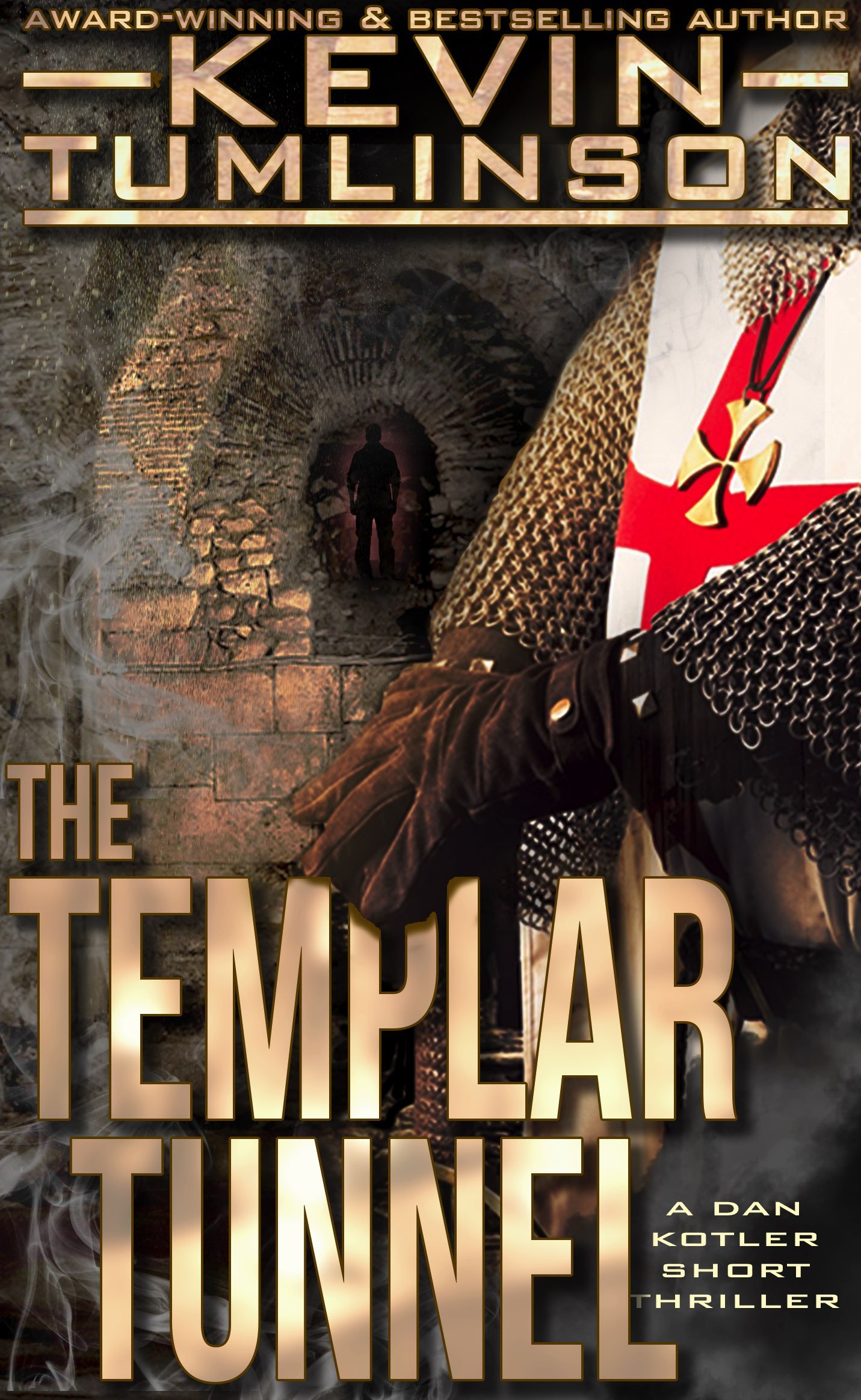
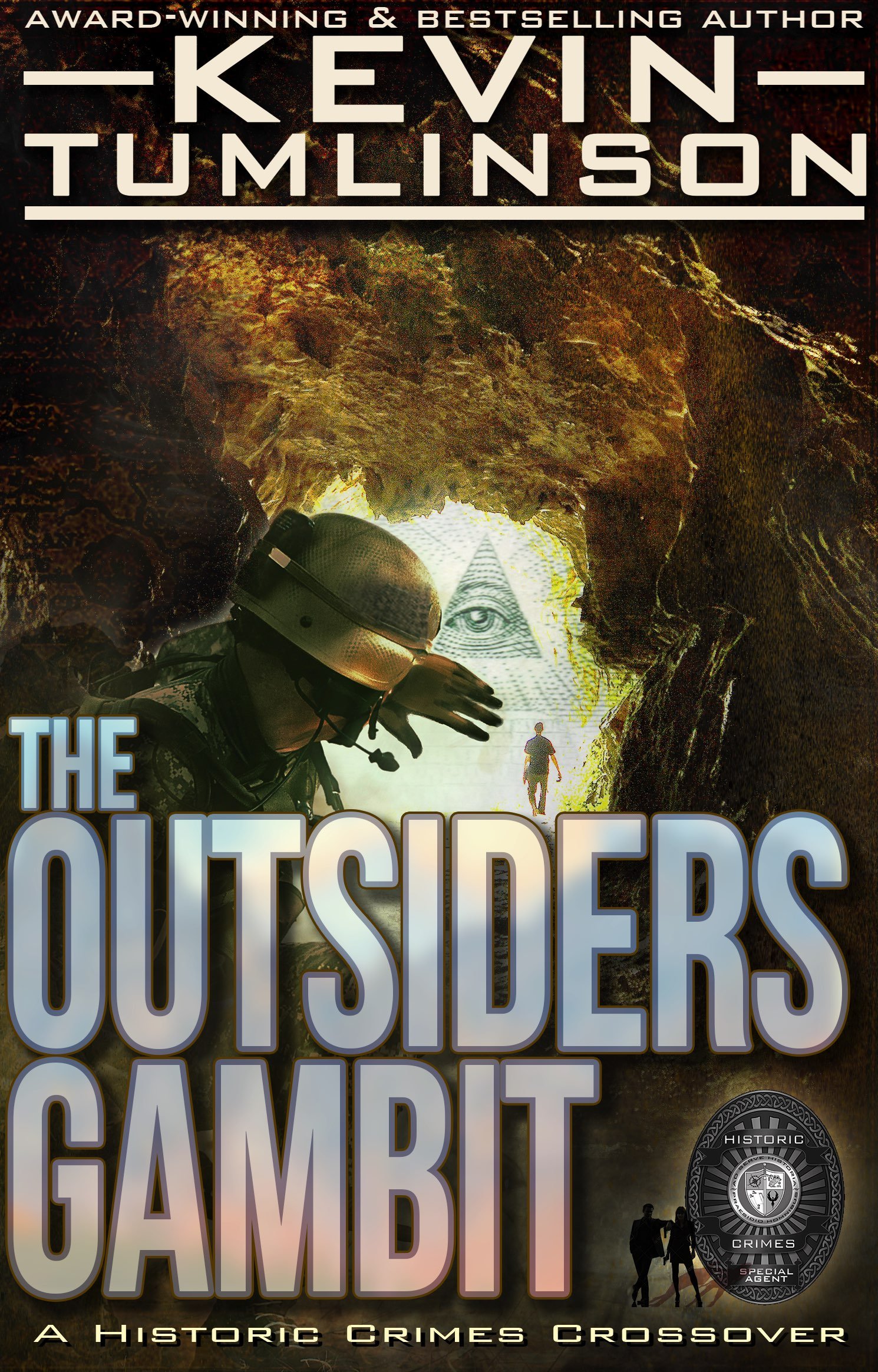
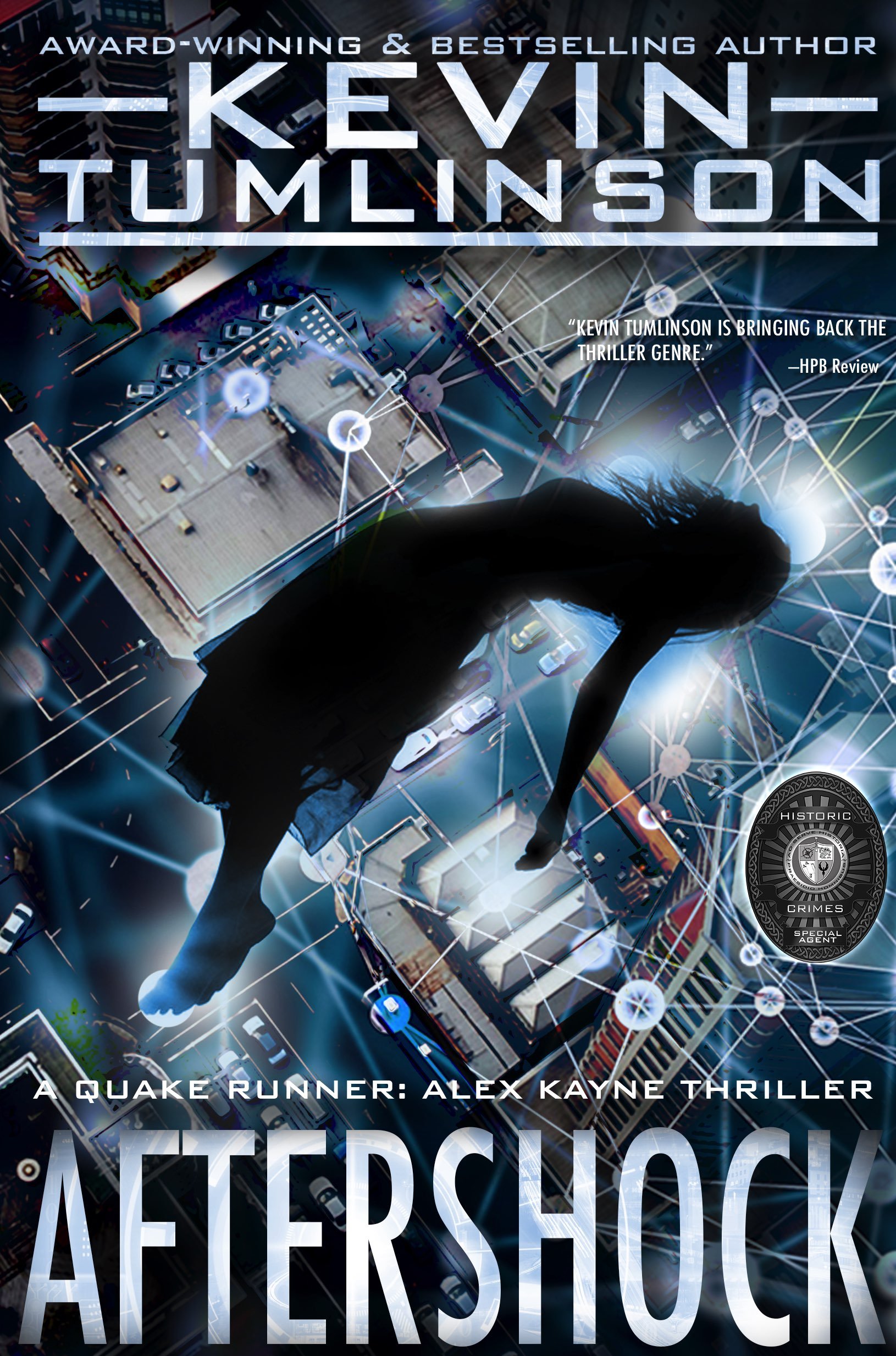
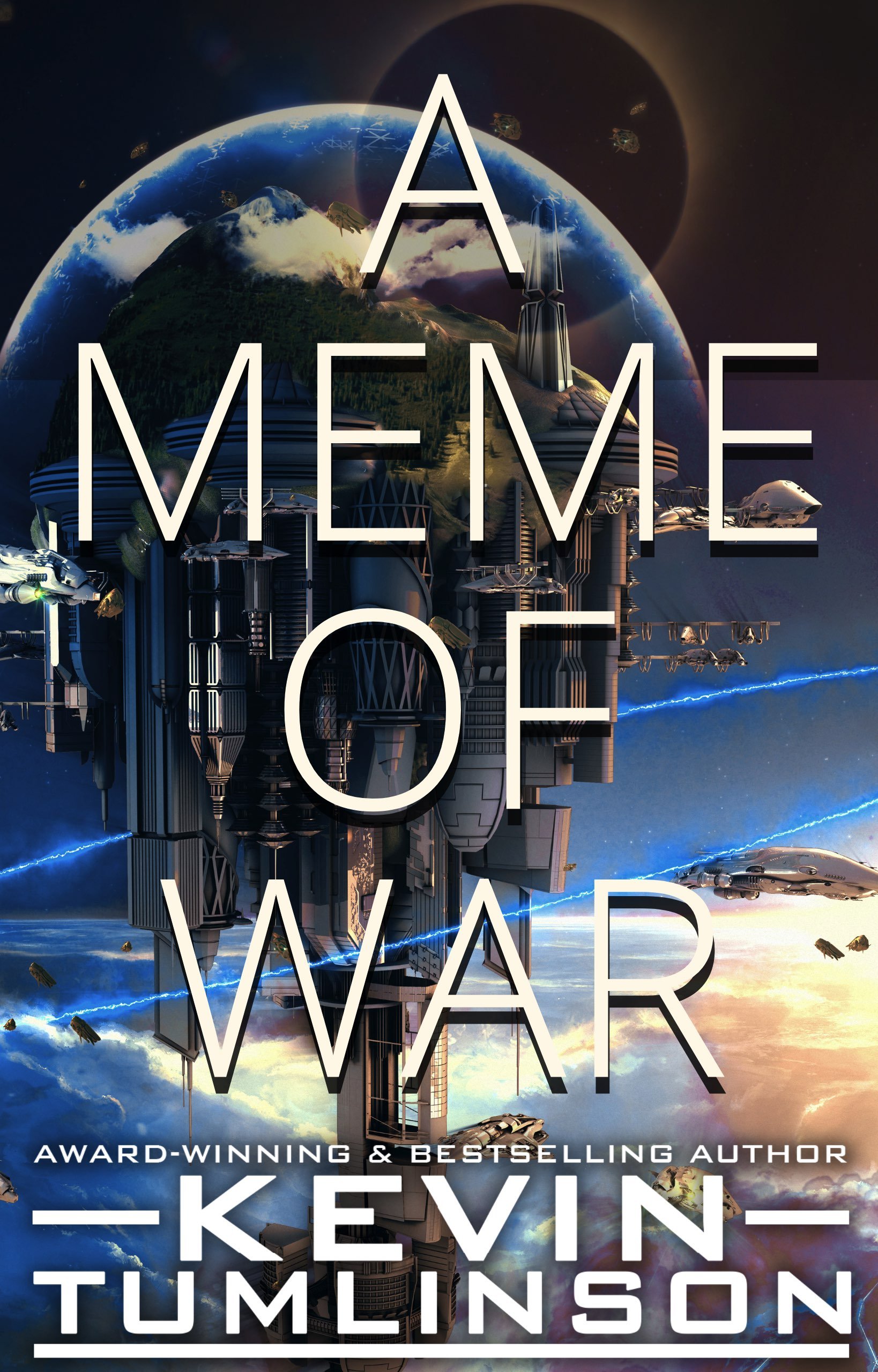
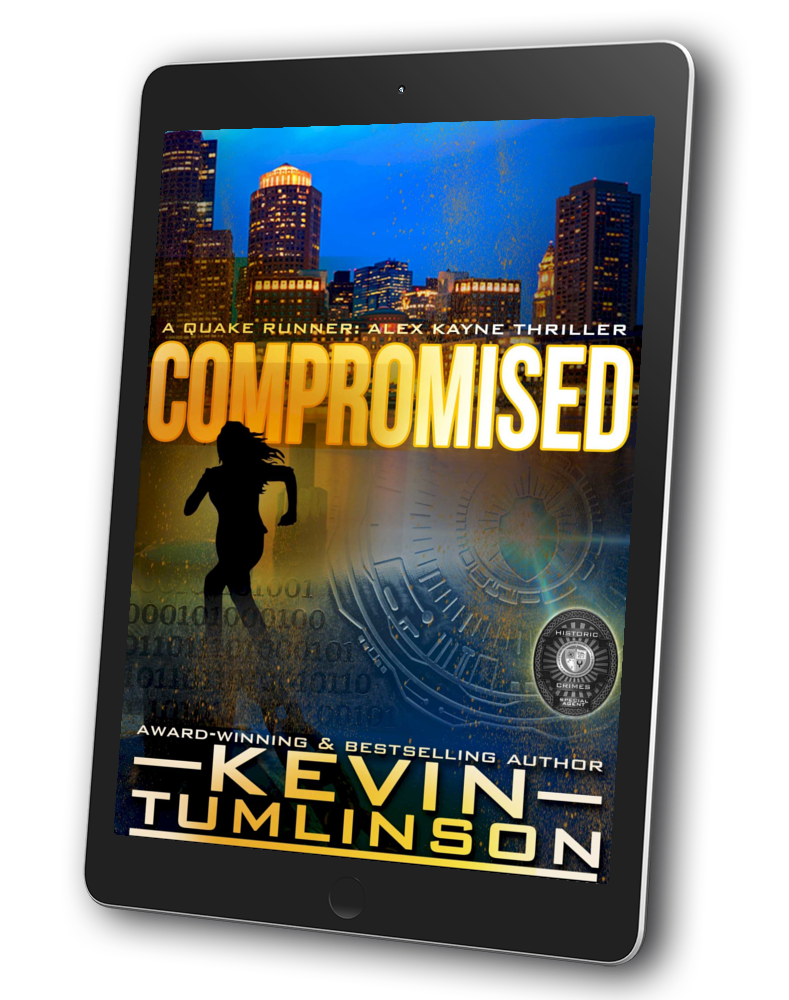
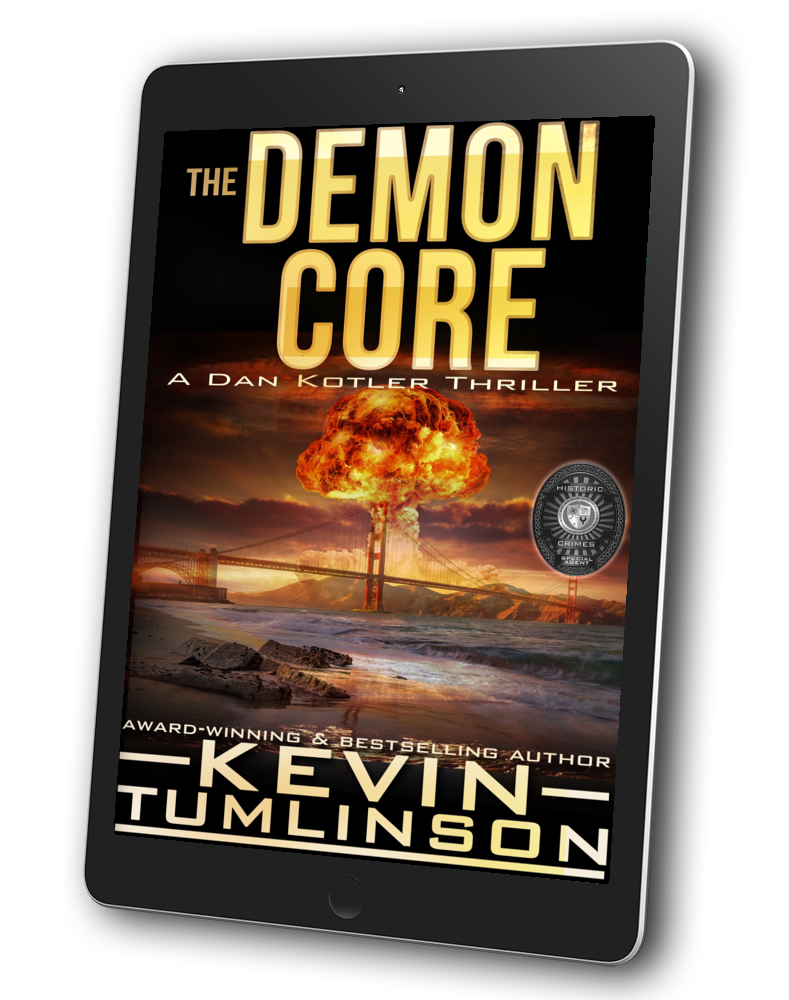
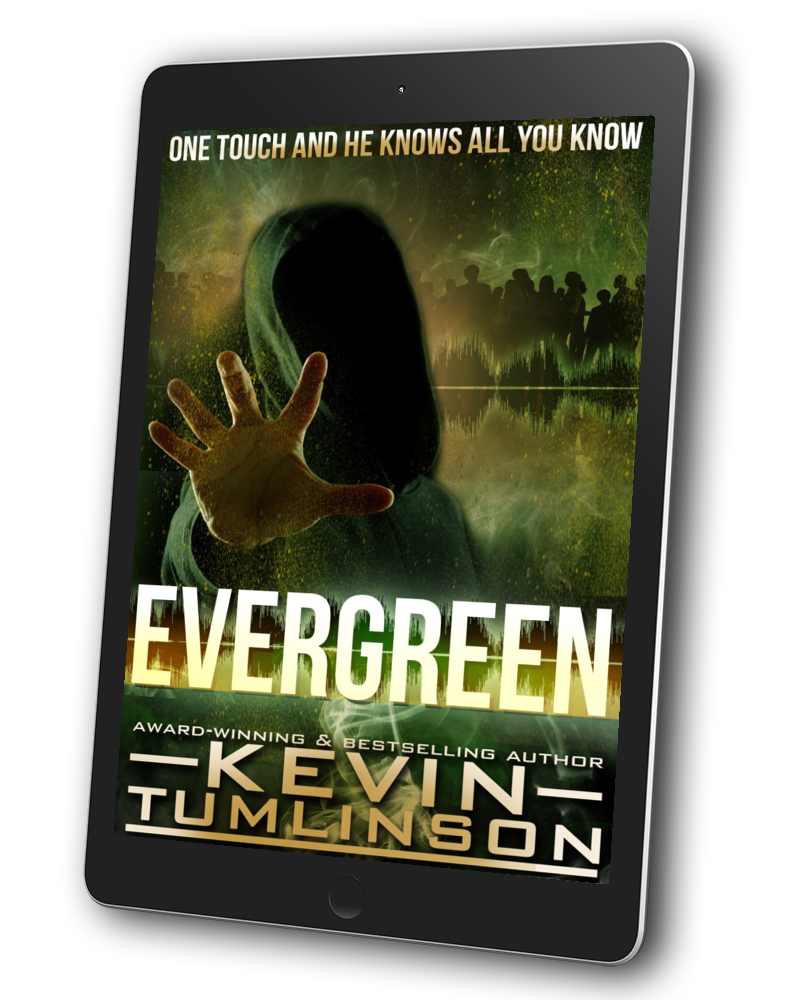







Dan Kotler is back, and this time he’s been recruited to help investigate a mysterious artifact that’s at the heart of a Senator’s disappearance. Engraved on the artifact is a lost Viking rune… but that’s impossible.
The artifact predates the Vikings by nearly ten-thousand years.
Now the artifact has been stolen, and whoever took it plans use it to unleash Hel on Earth. And only Dan Kotler can stop them!
Book 13 in the Dan Kotler Archaeological Thrillers!
>>CLICK HERE to Order The Forgotten Rune